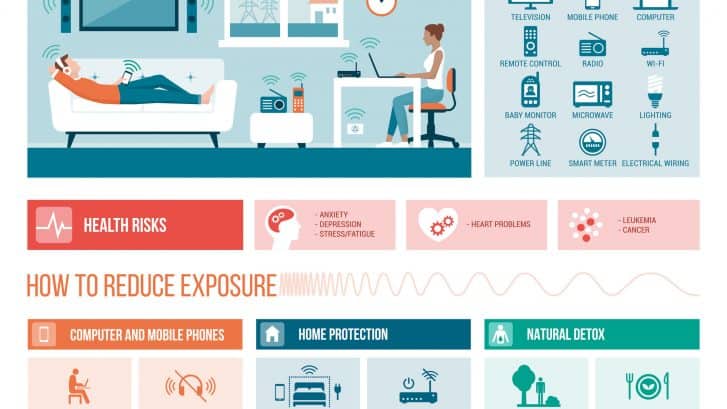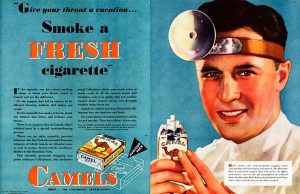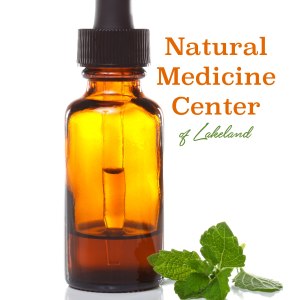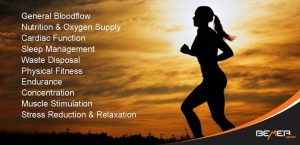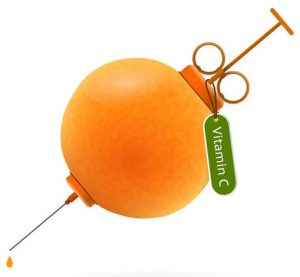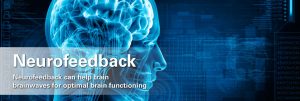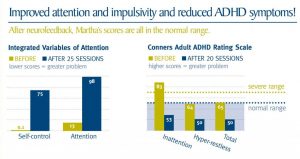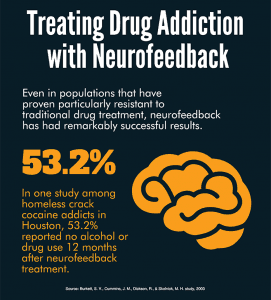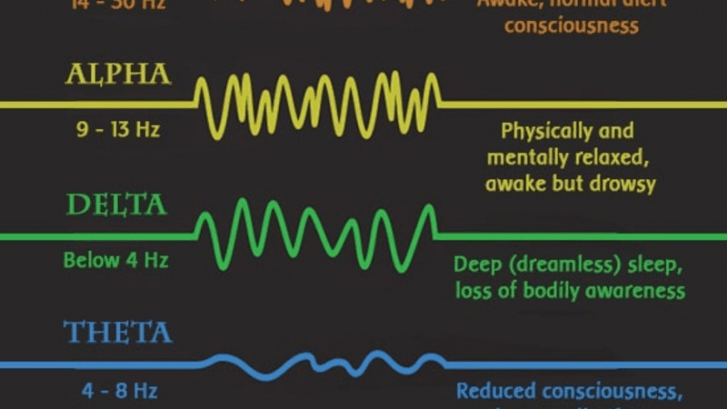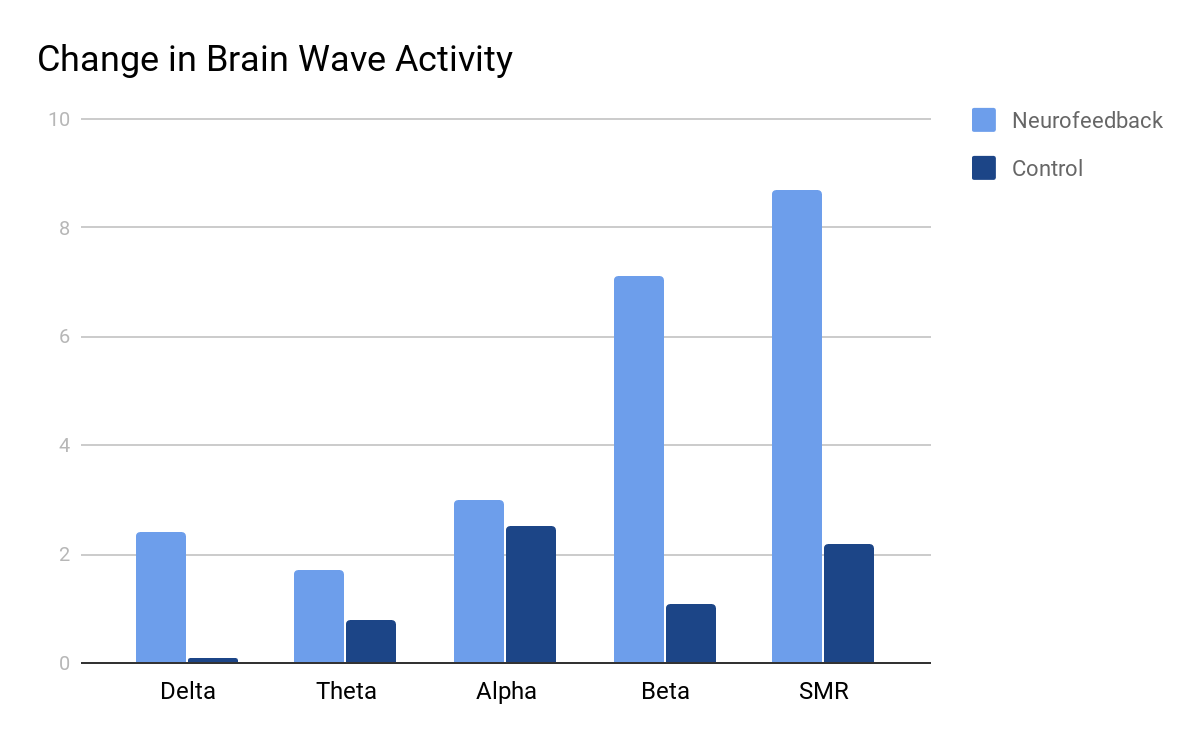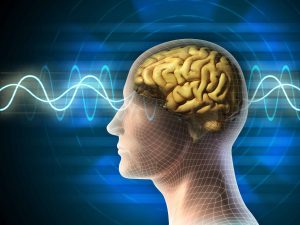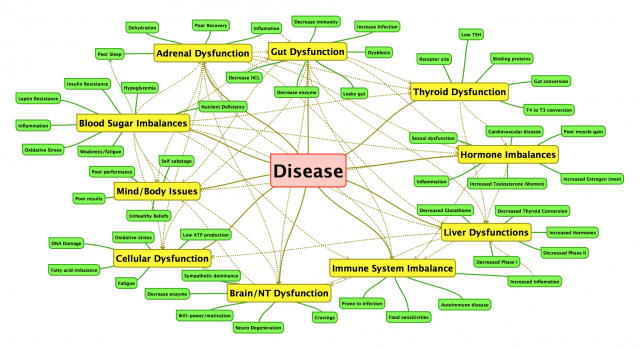Managing Anger as a Tool to Maintain Abstinence
Handling Anger Appropriately Can Prevent Relapse
By Buddy T Updated March 21, 2018
Everyone gets angry occasionally, but alcoholics and addicts tend to have problems managing and expressing anger appropriately. For many, feelings of anger can be a trigger for a relapse, because that is how they dealt with anger in the past – using drugs to suppress or numb their feelings.
If you are trying to maintain long-term abstinence and sobriety, it is important that you learn how to recognize your anger and express it appropriately, rather than allow it to jeopardize your recovery. Anger is a normal and natural human emotion; how you handle your anger makes the difference.
Not Handling Anger Appropriately
According to National Institute on Drug Abuse (NIDA) researchers, alcoholics and addicts may have problems dealing with anger for the following reasons:
- They fail to recognize the feeling or understand the reason for it.
- Because of their addiction, they may not have learned to express anger in a healthy, productive manner.
- They may have learned unhealthy ways to express anger from parents or other role models.
- Addiction can impede self-learning and emotional growth of addicts, stunting their emotional maturity.
- Many addicts are angry at themselves, but blame others, misdirecting their anger at those around them.
Learning to Manage Anger
If you are in follow-up care with a professional rehab program, your counselor or caseworker will try to determine how you express your anger, what causes you to get angry and with whom you express your feelings of anger. The counselor will try to determine if you tend to handle your anger appropriately or inappropriately.
If how you typically express anger is unhealthy or unproductive, your counselor will try to help you identify more positive ways to express or deal with your feelings of anger. Sometimes merely recognizing that it is anger that you are feeling can help you learn to cope with it in a more healthy manner.
Dealing With Anger
Sometimes managing your anger can be a matter of simply doing something different from what you have done in the past in response to feeling angry:
- Learning to express your anger through assertive, but not aggressive, communications.
- Taking a “time out” from an argument and returning to the discussion later.
- Using a physical outlet for your anger, such as going for a run, working out or punching a pillow.
The goal is to learn how to handle your anger without resorting to picking up a drink or a drug or otherwise hurting yourself or others.
Identification and Fulfillment of Needs
Frequently, managing anger is closely related to identifying and meeting your needs. When your needs are not being met or your rights are being violated, it can cause frustration and anger, particularly for alcoholics and addicts who spent years ignoring their basic needs in pursuit of their drug of choice.
If you became obsessed with obtaining and using drugs, chances are over time you began to fail to even recognize your other needs, much less meet those needs. After you have achieved a period of abstinence and now recognize your other needs and rights, you may not have the skills needed to meet those needs.
Learning Assertive Behavior
Counselors usually will try to determine if not getting your needs met is a problem in your life. Often, due to shame and guilt, alcoholics and addicts do not feel they have the right to have their needs met in society in general or in the home, including relational rights and privileges within the family.
If this is a problem for you, you will be encouraged to practice assertive behavior in order to get your needs met. Through practice, assertive behavior is a skill that can be learned, and your counselor may even give you the opportunity to rehearse assertive communications and behavior.
Concepts of Assertive Behavior
According to the NIDA, alcoholics, and addicts can benefit from learning the following basic concepts of assertive behavior.
- The assertion is standing up for your personal rights and expressing your thoughts, feelings, and beliefs in direct, honest, and appropriate ways that do not violate another person’s rights.
- The goals of assertion are communication and mutuality.
- Nonassertion amounts to violating your own rights by failing to express honest feelings, thoughts, and beliefs and consequently allowing others to violate you.
- Nonassertion can also occur if you express your thoughts and feelings in such an apologetic, diffident, or self-effacing manner that others easily can disregard them.
- The assertion is often confused with aggression.
For alcoholics and addicts, aggression is a slippery emotional slope, but assertiveness can be expressed in such a way that it helps everyone understand the situation better and more completely. You can express your feelings without having to apologize for them.
Continuing care counselors will help you identify and practice the assertive behaviors needed to help get your needs met, while at the same time respecting the needs and rights of those around you.
- National Institute on Drug Abuse. “Principles of Drug Addiction Treatment: A Research Based Guide.” Revised 2007.
- National Institute on Drug Abuse. “An Individual Drug Counseling Approach to Treat Cocaine Addiction: The Collaborative Cocaine Treatment Study Model.”




 3. Confidence – One of the most astounding transformations which NeurOptimal™ produces is improvement in self-esteem and feelings of self-worth. Time after time, clients who are initially shy and reserved come back a few sessions later with more confidence, a brighter demeanor, and are eager for more brain training.
3. Confidence – One of the most astounding transformations which NeurOptimal™ produces is improvement in self-esteem and feelings of self-worth. Time after time, clients who are initially shy and reserved come back a few sessions later with more confidence, a brighter demeanor, and are eager for more brain training.
